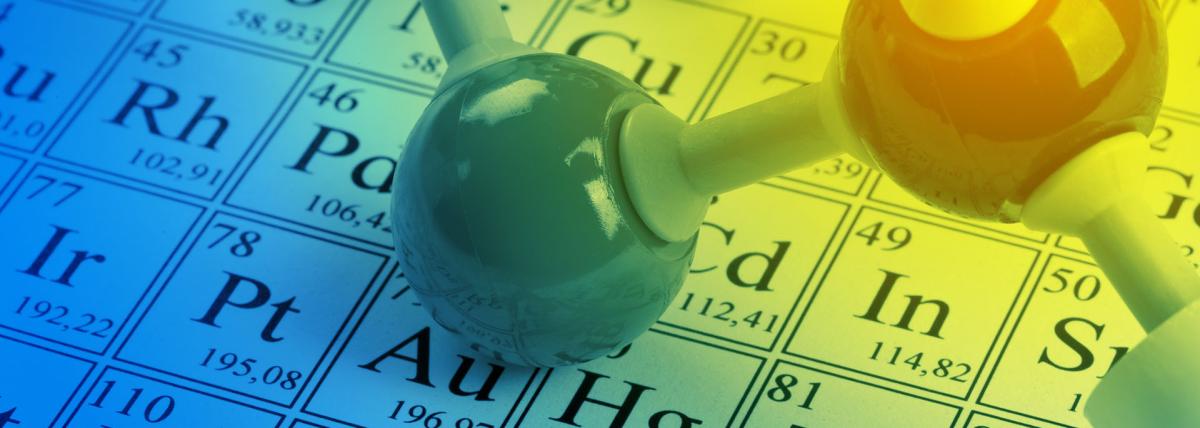
Grades:
6th Grade
During this activity students will build a payload rocket from pieces. After building the rocket, students will use the EDP to create a cargo carrier that holds an egg. This is placed in the rocket








Does light have energy? In this lesson, students will engage in a practical experiment to witness how light can induce changes such as heating, altering colors, and setting objects in motion. As

In this creative engineering design lesson, students are challenged to use an inclined plane to create a safe and exciting zipline park for Zippy the Elf. This lesson reviews simple machines and has